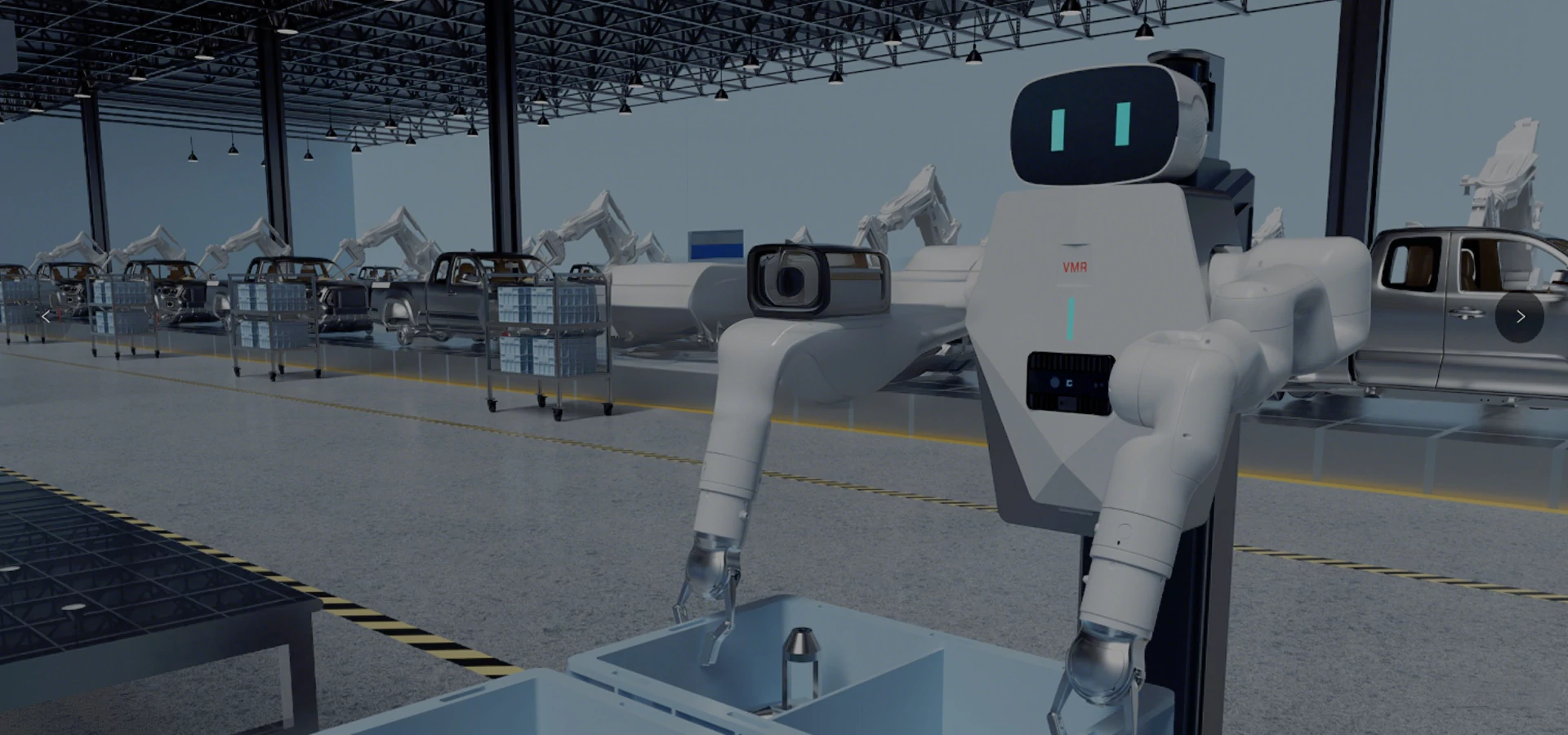
Humanoid robots are at the forefront of robotic innovation, designed to mimic human actions and interact with human environments more effectively. The first quarter of 2024 has seen significant advancements in the development and release of humanoid robots. This article discusses the new humanoid robots launched in Q1 2024, their market reception, the financing landscape in this field, and future development trends, focusing on the future of humanoid robots.
Several new humanoid robots were introduced in the first quarter of 2024, showcasing advanced capabilities and innovative designs. Here are some notable releases:
The market response to these new humanoid robots has been overwhelmingly positive. Key factors driving this enthusiasm include:
The financing landscape for humanoid robots in Q1 2024 has been robust, reflecting strong investor interest and confidence in this emerging technology. Key financing trends include:
The future of humanoid robots looks promising, with several trends expected to shape the industry:
The first quarter of 2024 has been a milestone period for humanoid robots, marked by significant product releases and strong market interest. With substantial funding and continued technological advancements, the future of humanoid robots looks bright. These robots are set to become integral parts of various sectors, enhancing efficiency and transforming the way we interact with machines. As the industry evolves, it will be exciting to see how humanoid robots continue to innovate and expand their capabilities.
Reference: Mobile Robot and AGV/AMR Industry Alliance. (2024). 2024年一季度移动机器人发展研报-新战略.
©Copyright 2023 Zhejiang MRDVS Technology Co.,Ltd.
浙ICP备2023021387号-1